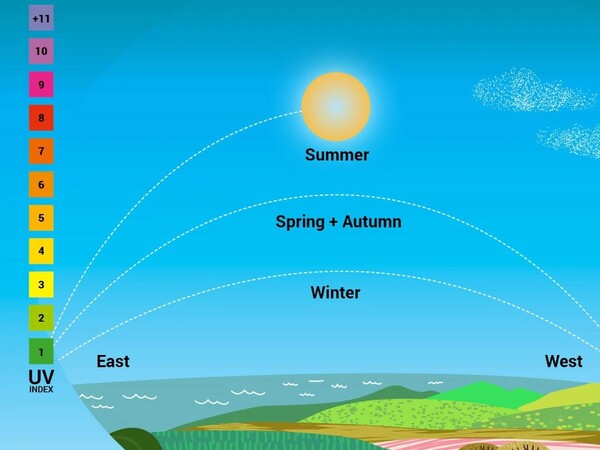According to one study, the health benefits of spending time in the sun may exceed the hazards for those who live in places with minimal sunshine. Higher levels of ultraviolet (UV) radiation, present in sunshine, have been related to a reduction in fatalities from cardiovascular disease and cancer in low-sunlight areas such as regions of the United Kingdom.
The research team believes that adapting public health advice to incorporate both the hazards and benefits of UV exposure could assist to reduce disease burden and improve life expectancy in low-sunlight countries. Experts warn that even when UV levels are high, precautions should be taken to prevent sunburn and the development of skin cancer.
The findings were adjusted for other factors that might influence health – including smoking, exercise, social deprivation and gender – to reduce the chance that these factors were responsible for any of the changes observed.
Scientists at the University of Edinburgh examined the UV exposure of 395,000 people in the United Kingdom using genetic and health data from the UK BioBank, an anonymized collection of volunteer health information. Participants were limited to those of white European heritage due to the significance skin pigmentation plays in the body’s response to UV exposure.
The scientists used two methods to identify people who were exposed to higher levels of UV. They calculated individuals’ average annual exposure to solar energy based on their geographical location, as well as whether they used sunbeds.
The findings were adjusted for other factors that might influence health — including smoking, exercise, social deprivation and gender — to reduce the chance that these factors were responsible for any of the changes observed.

Living in areas with greater UV levels, such as Cornwall, was linked to a lower risk of death from cardiovascular disease and cancer — 19% and 12%, respectively — than living in areas with lower UV levels, such as Edinburgh or Glasgow.
Sunbed use is associated with a 23% lower risk of mortality from cardiovascular disease and a 14% lower risk of death from cancer when compared to non-users. According to the team, it is plausible that persons who use sunbeds seek more sun exposure, and hence this result may reflect broader sun seeking behaviour.
Those with a higher estimated UV exposure had a slightly increased risk of being diagnosed with melanoma — a type of skin cancer — but their risk of dying from the condition was not raised.
As the study is based on UK data from a white European population, the findings are of most relevance to similar groups in low-sunlight countries. Further research into locations with higher UV exposure is needed to build a clearer picture of the potential benefits to health, experts say.
















